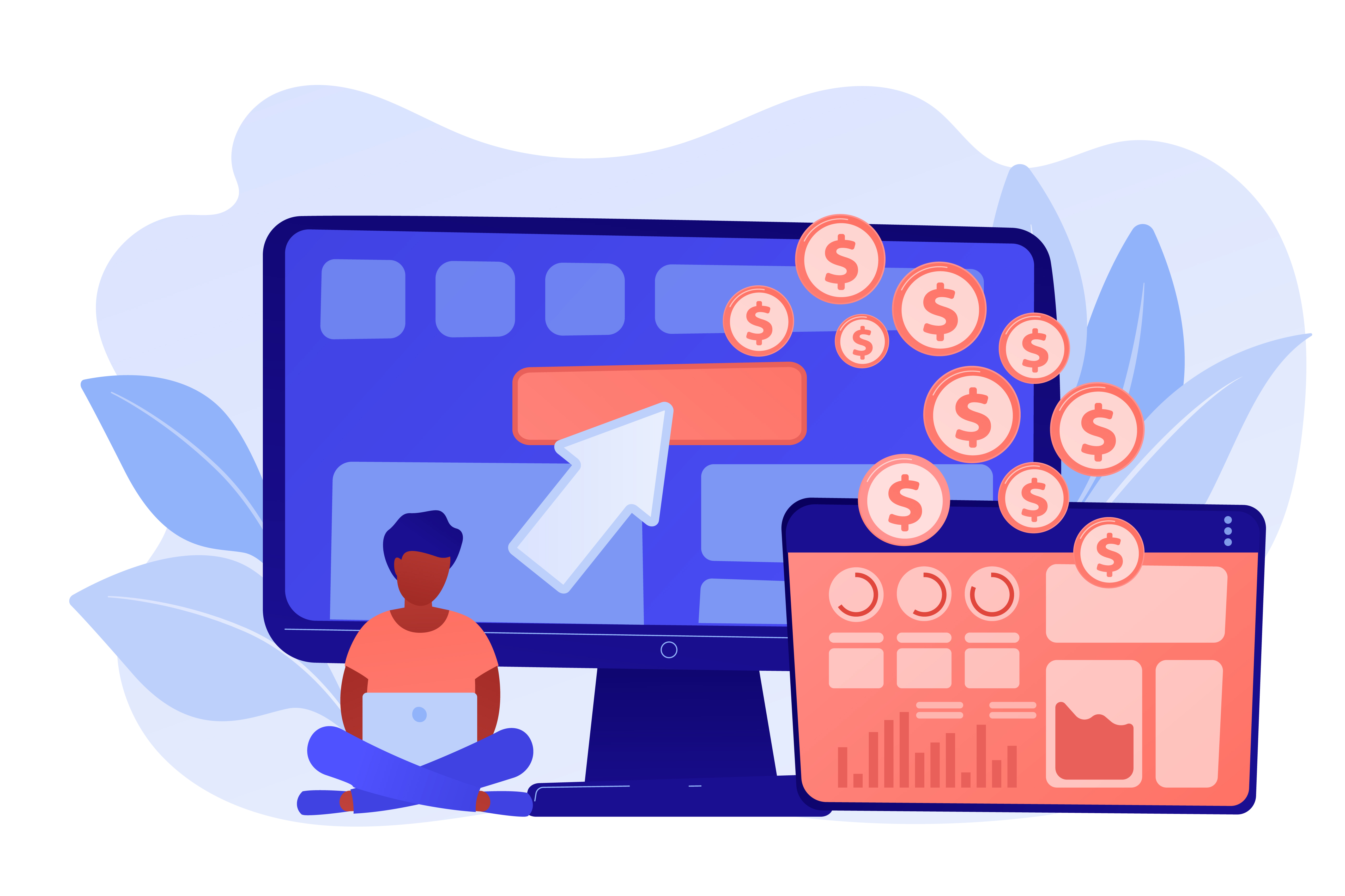When someone says, “I’m a designer” that could mean a number of different things. When someone says “I’m a tech designer”, then you can start to narrow it down, typically to user experience (UX) or user interface (UI). And if you don’t know what UX or UI are, then I guess we’re back to square one.
For anyone unfamiliar with the terms UX and UI, it can be confusing to understand what each position entails as well as how they impact your business. Regardless of what your current understanding is, we’re explaining what UI and UX are, and how they can, and already do, affect your digital marketing strategy.
UX & UI defined
User experience (UX) is the process of researching, developing, and refining all aspects of a user’s interactions with a company. A UX designer works to enhance customer satisfaction and loyalty by improving useability and ensuring value in interactions between a customer and a product. Any interactions a user has with a brand both on and offline, such as customer support or purchasing items online, are the responsibility of UX designers.
Applied tools: Research, analytics, diagrams
User interface (UI) refers to anything a user may interact with while dealing with a digital product or service. A UI designer is responsible for any and all visual elements on a web-page, such as photos, text, page alignment, buttons, icons, and the overall interactivity of a page. Any impressive web layout you come across is thanks to UI designers.
Applied tools: Color schemes, typography, photography, graphic design software
UX & UI applied to marketing
In this age of modern technology, marketers are putting more emphasis on all things digital. While consumers are constantly being bombarded with ads and messages from all directions, it’s important for marketers to strategize ways to stand out from the crowd. Optimizing your UI and UX are critical in these efforts.
UX
A successful marketing campaign should make consumers want whatever it is you’re offering. In order to achieve this, you’re going to need a well designed product. Here we see the tie between the two departments, as design drives user experience. In most cases UX designers work in proximity to digital marketing teams and are responsible for optimizing campaigns. To put this in perspective, imagine launching a new product on your website, a UX designer will likely be one of your first contacts. In this scenario UX designers are responsible for:
Clearly defining sections of your site’s web page and the purpose each section serves. This can include headers for improved organization, images for better product explanation, and interlinking to other relevant pages of your site. Whatever it takes to make user’s interactions with the page as smooth as possible.
Improving readability based on the content and organization of a page. Considering your audience and how you anticipate them engaging with a page gives UX designers a clearer idea of how to best organize it. Bulleted points for example, provide a clean and easily digestible format for readers.
Seeking out and responding to feedback. Whenever a UX designer makes a change to a page, someone else must go through it and monitor their interaction. Getting an outside perspective before consumers touch it is crucial for identifying problem areas.
UI
In the same scenario, once your page is up and functioning, the next step is making sure it looks appealing. While a page could run at rapid speed and have every necessary button available, if it doesn’t appeal to users or is difficult to use, you run the risk of losing customers. Same as if you were to enter a physical store that had the exact shirt you were looking for, but the store smelled bad and unkempt, you’ll probably look elsewhere for that shirt. The UI designer is responsible for accomplishing this, by making important decisions regarding:
The proper color palette. Color plays a considerable role in the effectiveness of a website. In terms of how a user feels while looking at a site and what their eyes are drawn to. Using one color throughout a page for example appears dull and can make it difficult for viewers to differentiate sections. While using two or three colors can add depth to a page and draw attention to the areas you want. As for what colors to use, there is ideology behind what different colors signify, such as red implies power and importance while a cool blue suggests a more calm, cool vibe. UI designers make the call on what emotions to evoke based on a brand’s tone and design templates.
Appropriate fonts. Using the correct font that allows for clear and easy reading is critical in the impact of a page as well as the amount of authority it presents. Using silly or difficult to read fonts may not only create a misalignment between your message and viewers’ perception, but it could create a sense that your brand doesn’t hold authority in its space. UI designers choose the best fonts for readability as well as visual appeal.
Opportune additions. Including engaging additions to a page can attract users and help further emphasize the message you’re trying to push. UI designers use their best judgment in including gifs or videos to increase appeal without slowing site speed.
UX & UI for mobile marketing
Savvy marketers recognize the enormous opportunity mobile sites present. The majority of consumers use a smartphone to engage with their favorite brands, so optimizing your website for mobile is imperative. UX and UI designers are invaluable in this process as they are responsible for creating a mobile layout that is equally as functional and aesthetically pleasing as the traditional desktop website. Keeping loads speeds as a top priority in this case is recommended, as your digital marketing strategy can greatly suffer from bad mobile experiences. Since mobile is the primary platform for many consumers, particularly in younger generations, pages should load within 2-3 seconds from clicking the link and include all necessary user tools.
Implementing conversational UI
The latest emerging trend in UI design today is the use of conversational UI (CUI). As voice recognition technology improves, conversational design and virtual assistants are growing increasingly popular. Moving forward, designers will further explore the design principles of this modern interface and ways to best engage customers.
There are a number of benefits that come along with good user experiences. One of them being customer loyalty. By consistently producing good experiences for your users through proper coordination of marketing, UI and UX designers, interactions are improved and customers are more engaged. The more you invest in these sectors of your business, the better you can develop more loyal customers. And that’s the goal of marketing after all, isn’t it?
Author Bio: Maddie Davis is co-founder of Enlightened Digital and a tech-obsessed female from the Big Apple. She lives by building and redesigning websites, running marathons and reading anything and everything on the NYT Best Sellers list.


